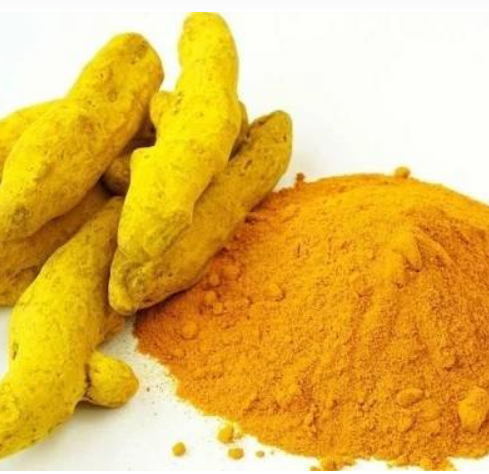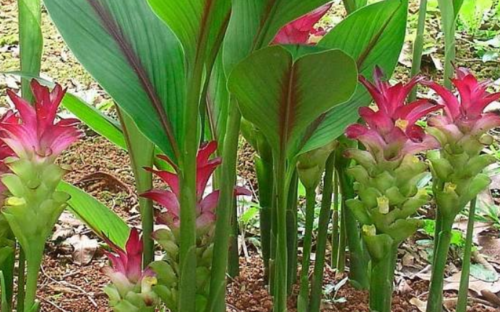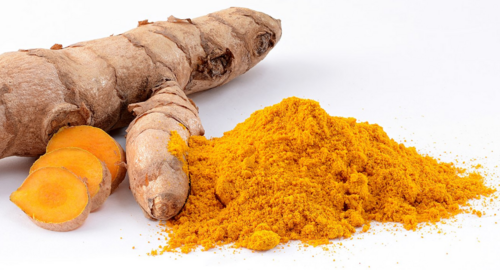

Turmeric and its use
from Wikipedia:
Turmeric, or Indian saffron, is a spice made from the dried ground rhizome of the long curcuma (curcuma longa). It contains about 5% of essential oil (the main components are sabinene, felandrene and yellow dye curcumin). It is used in curry seasoning; it is widely used in Pakistani, Indian, Persian and Thai cuisine.
It has excellent anti-inflammatory effects [1] and is a proven antioxidant significantly supports brain cognitive function, especially in the elderly
Curcumin, a bright yellow chemical produced by the turmeric plant, is approved as a food additive by the World Health Organization, European Parliament, and United States Food and Drug Administration.

Turmeric long of the ginger family provides a spice called yellow ginger, which is used throughout South Asia for its attractive earthy, fresh orange-ginger flavor and enticing golden color. Turmeric is in its essence a hefty perennial herb, growing up to a height of one meter.
On his travels around China, Marco Polo noted that turmeric is a fruit, resembling saffron, and, although it is not at all a related species, for practical purposes it fits, like saffron. So undeservedly earned the popularity of yellow ginger in western Europe, where to this day it serves as a good substitute for saffron. In countries where it is consumed, turmeric can be obtained whole or ground, however, since grinding the dried rhizome is difficult, it is much better to buy it already in its powder form.

In southern India, turmeric has been used for ritual purposes and for food for more than 2000 years. Even nowadays, it is an important part of Hindu wedding ceremonies, in which a thread dipped in turmeric paste is tied around the bride's neck.
Turmeric itself contains many compounds, but a group of substances called curcuminoids, which give turmeric its typical golden color, is responsible for its healing properties. The most important and, at the same time, the most studied of the curcuminoids, will be curcumin.
How to work with it in the kitchen?
Add it can be practically anywhere. Try adding it to vegetable salads, seasoning it with rice, quinoa, amaranth, buckwheat, barley groats, legumes, bake sweet potatoes with it. If you like eggs, whether scrambled or prepared as an ox's eye, turmeric can also be used very well here. It can also be added to sauces, soups, sweet dishes.
Turmeric: natural gold
Turmeric plays an important role not only in acute inflammatory problems, but also works as a great prevention and a way to strengthen the immune system. However, Ayurveda uses turmeric most to strengthen the liver circuit – it is the latter that is most loaded in the spring. Turmeric harmonizes liver function, and in combination with ginger its effects are even stronger.
Wishing you good health
Margaret
